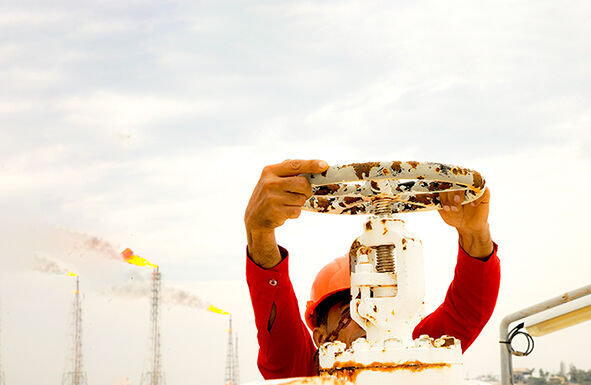This geographical feature has won Iran, already rich in energy resources, recognition as a key route for the transfer of oil and gas and even new energies. This issue takes up added significance when we find out that the countries surrounding Iran are making significant investments in renewables generation and their distribution across the globe.
Special position
When it comes to Iran’s geopolitics, a flurry of assumptions takes shape in everyone’s mind. Political and geopolitical literature has always underscored the point that owing to its unique geographical position, Iran can link Europe with Africa and Asia. That is what one can simply realize on the map. Another point with Iran’s geopolitics is its strategic position in the center of energy production, i.e. the Persian Gulf.
Meantime, the location of Iran between the Caspian Sea and the Persian Gulf gives rise to the assumption that Iran is a safe, inexpensive, and short route for the transfer of energy from one point to another. Iran also shares border with 15 nations, thereby being potentially able to link them in the energy transport sector. Over recent years, it has been said time and again that Iran may link energy producers and consumers located in its surroundings.
Therefore, Iran enjoys a geopolitically important standing. In addition to being rich in energy, it offers unrivaled opportunities in energy transfer. However, in recent years, Western policy in general, and US policy in particular, have prevented Iran from extensive involvement with major regional projects. Ever since the collapse of the Soviet Union, the US has been seeking to deprive Iran of engagement in any regional and international project associated with energy transfer. As a result, Iran’s energy sector has been sanctioned by the US whose secondary sanctions prevent any third party from engaging with Iran. Consequently, US sanctions have made foreign investment in Iran's energy sector difficult.
Changes in conditions
Currently, due to significant changes in the international order, Iran and the US have experienced important developments in their standings. The US sanctions tool has become ineffective, while Iran has been empowered enough to cooperate with other important players in the energy sector. Furthermore, US sanctions have resulted in significant progress in Iran’s energy sector.
Under the current circumstances, in light of regional and international rivalry for renewable energy generation and its transfer, Iran is required to draw up a plan. Iran's strategy in this sector can attract foreign investment for financing renewable energy projects while winning over foreign parties’ consent for Iran to become a regional energy hub. What grants Iran such an advantage is the natural geographical position of this country which can serve as the least expensive route for energy transport. Meantime, when compared with its rivals, Iran is more stable and can secure energy supply.
In addition to its geographical position, Iran’s membership in regional and international bodies and mechanisms including the Shanghai Cooperation Organization (SCO) and the BRICS may boost interactions for attracting foreign investment into the energy sector. Therefore, Iran enjoys a significant position in defeating US sanctions by active participation in energy transfer projects. Of course, such a position requires paying attention to the element of time, as Iran’s rivals are pushing ahead with their initiatives.
Iran Petroleum


Your Comment